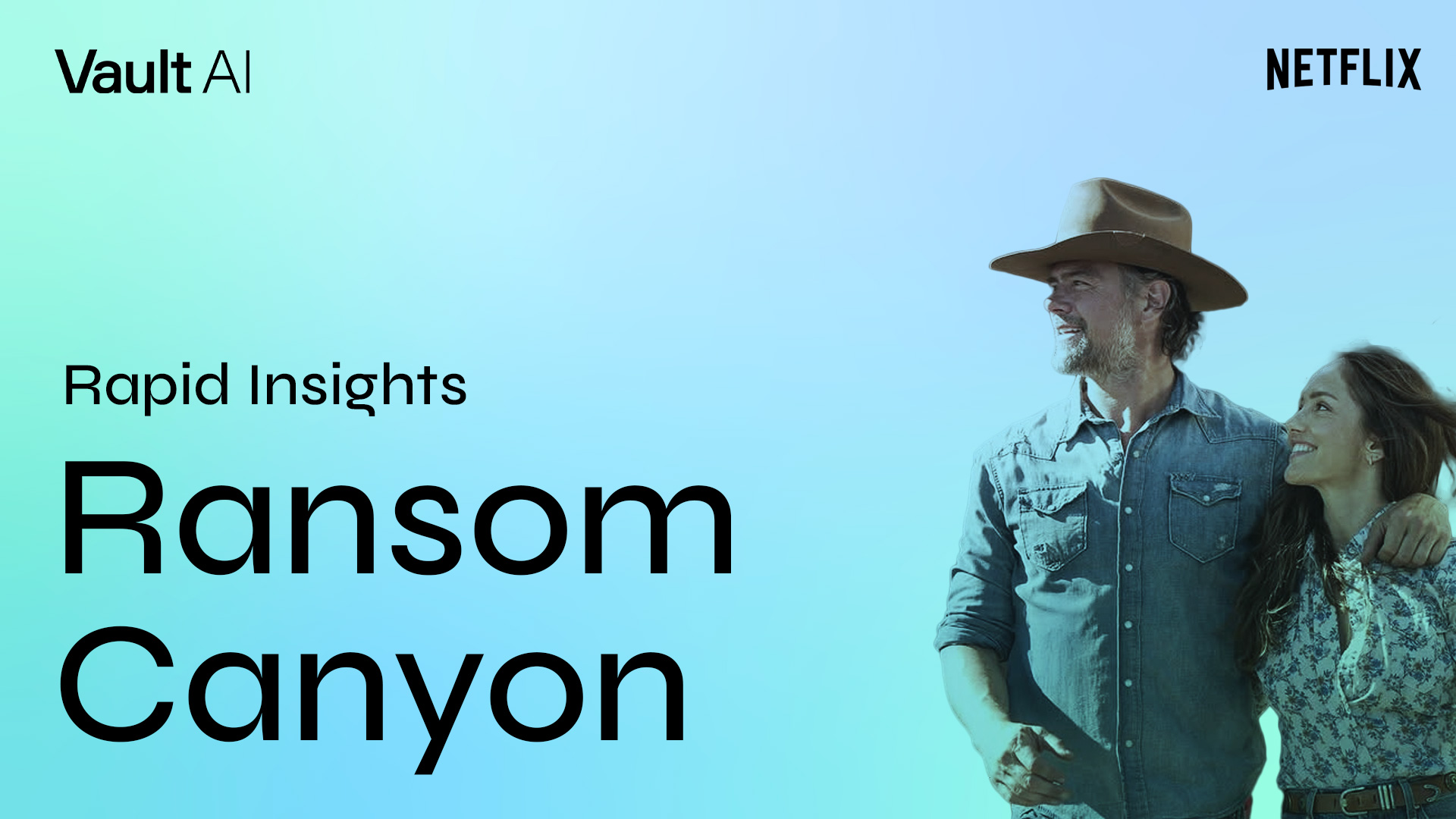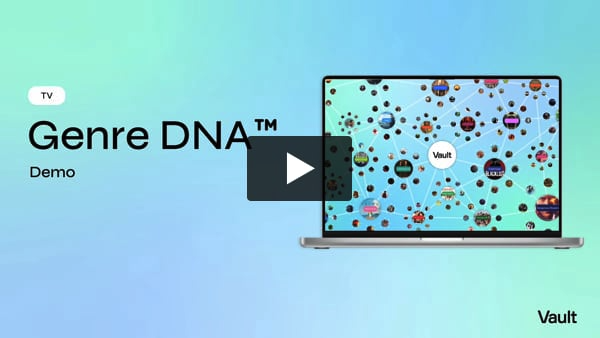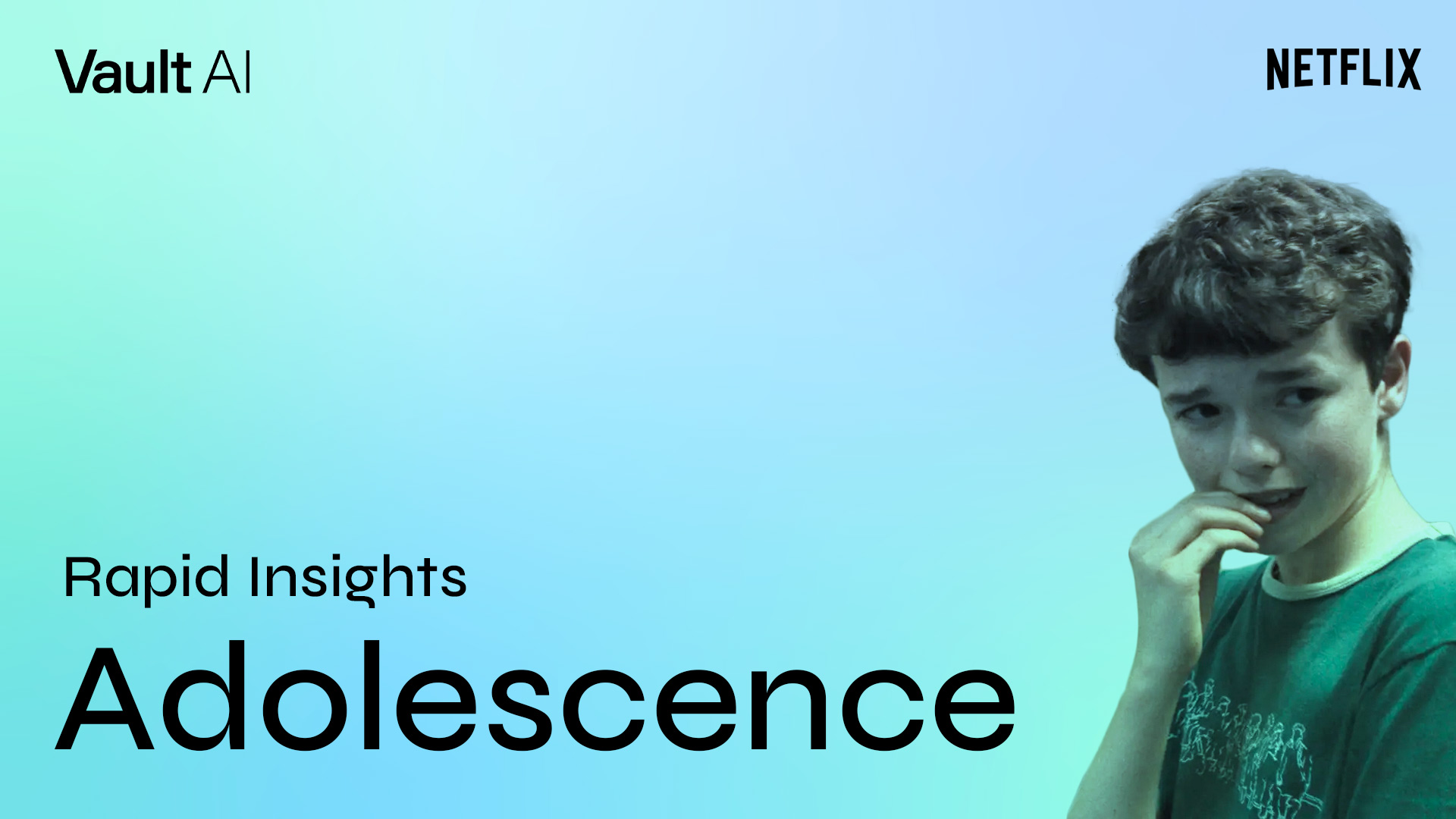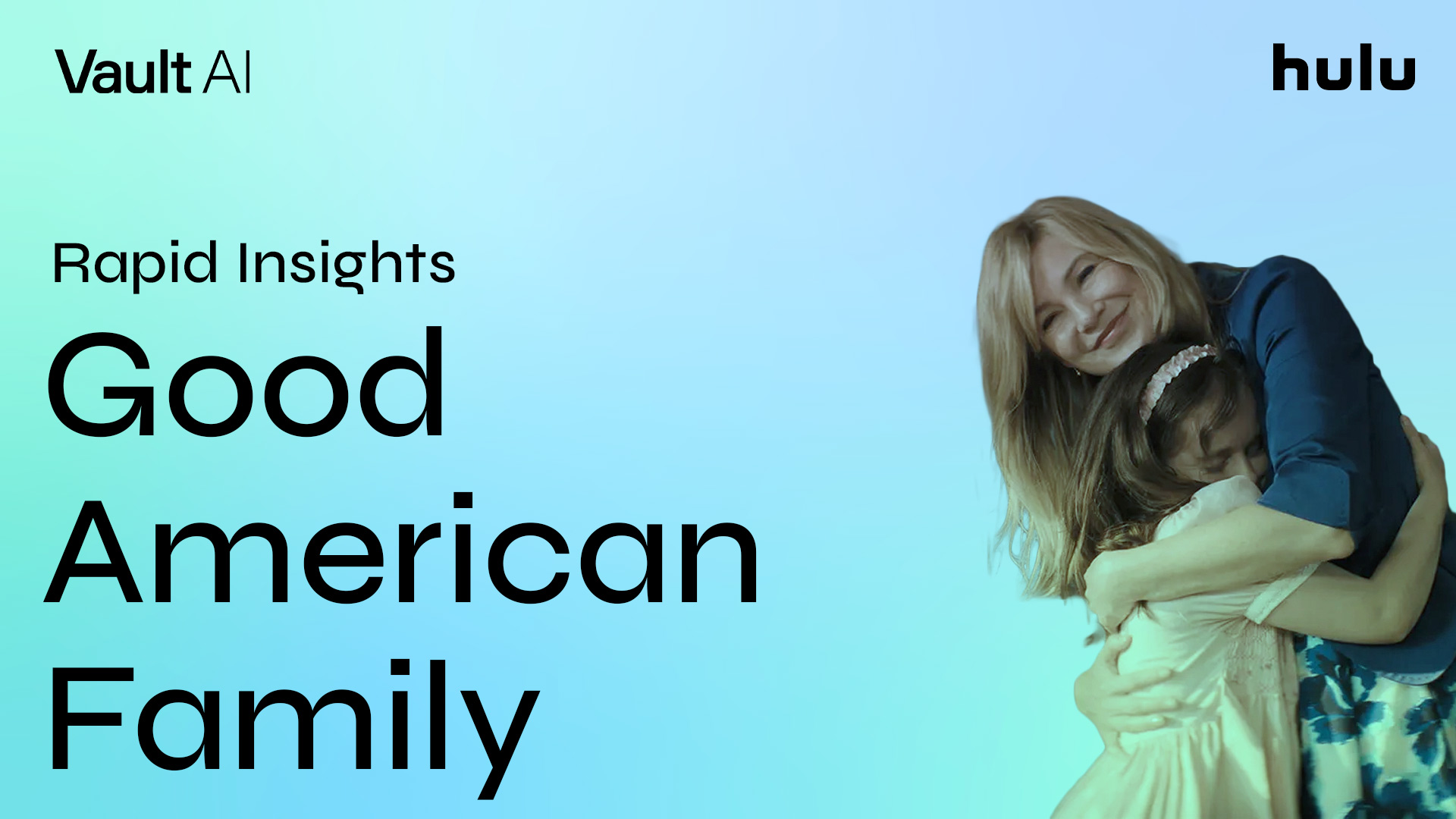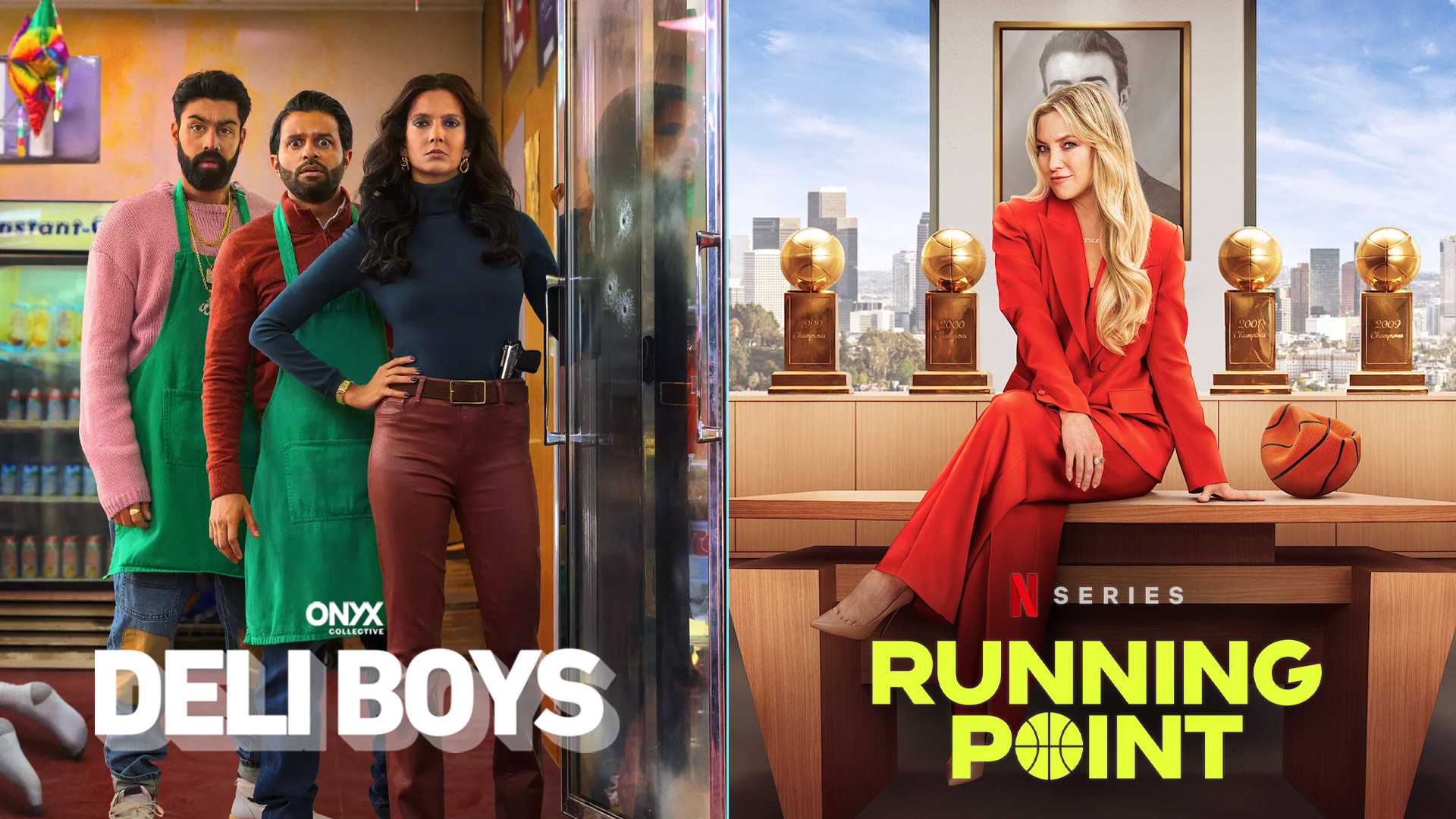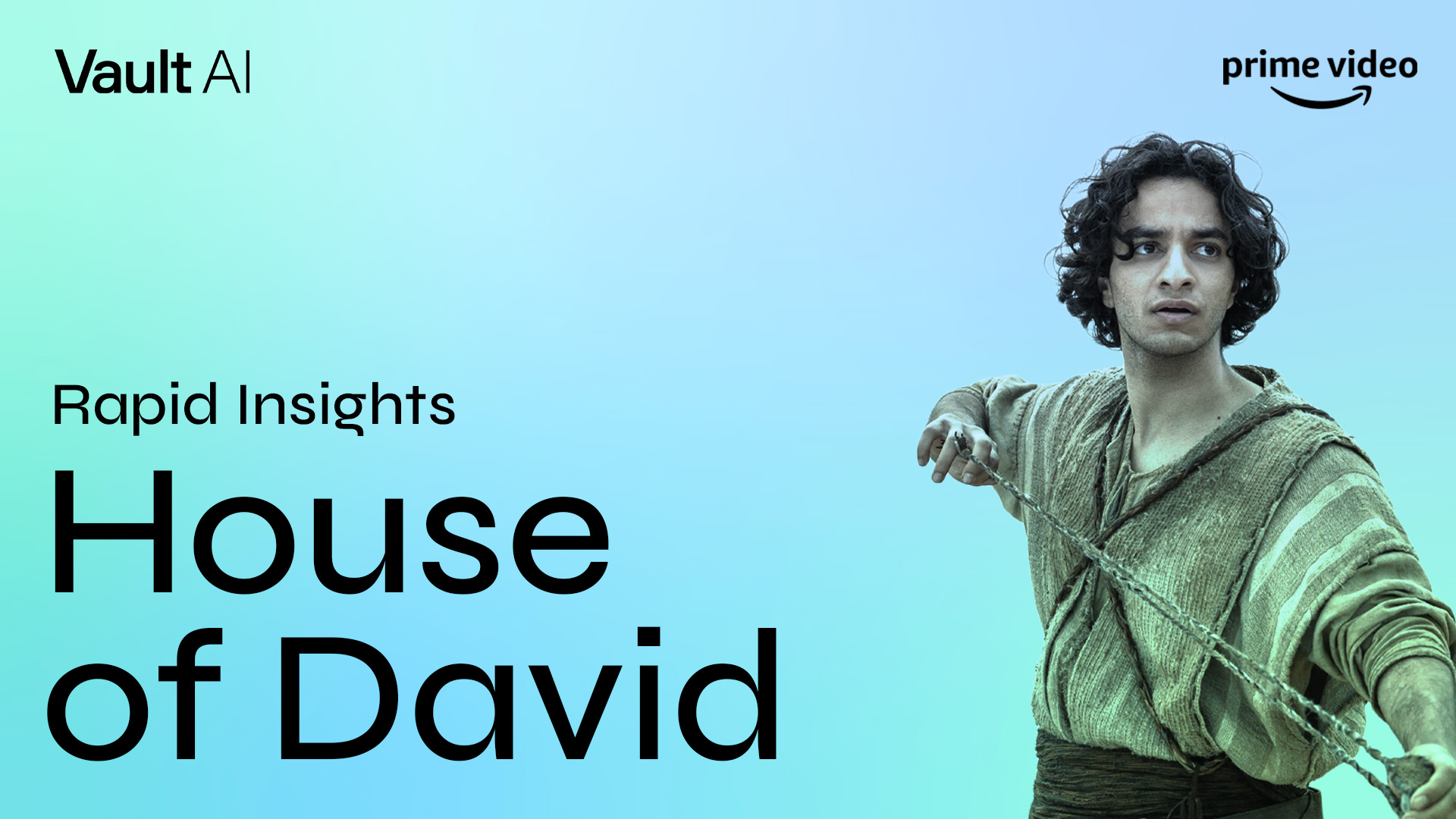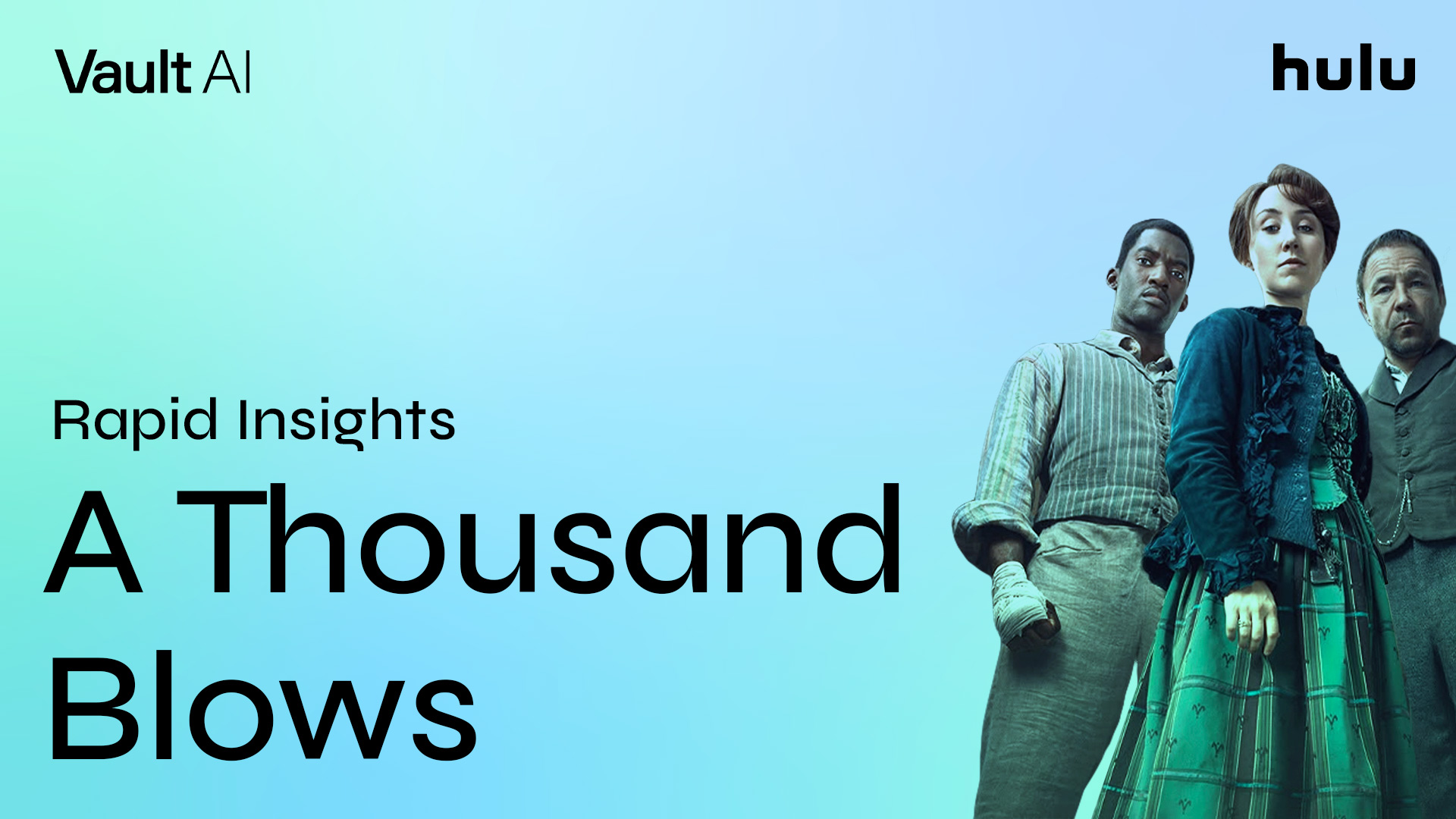Several weeks ago, Netflix premiered a buzzy new romantic western that puts a more heightened emotional spin on a classic American genre. The show stars Josh Duhamel and Minka Kelly as longtime friends-turned-lovers against a backdrop of family feuds, power struggles, and the small-town way of life in Texas ranch country.
Here’s what you need to know about Ransom Canyon:
Vault AI uses index scores to describe the impact a given story/theme/element will have on specific KPIs:
≤79 Disappointing 80-89 Challenging 90-109 Average 110-119 Promising 120+ Outstanding
Which of the show’s dual genres is the audience tuning in for?
Romance. Ransom Canyon has a viewership that leans heavily toward women (63%) and those aged 30+ (68%)–a much closer match for romantic dramas like Virgin River, Sweet Magnolias, Firefly Lane, When Calls the Heart, and Cedar Cove (67-77% women) than more traditional westerns like Yellowstone, Deadwood, Lawmen: Bass Reeves, Godless, or 1923 (which skew 53-62% men). Still, its rugged western setting tempers the female skew slightly, offering a broader draw than traditional romantic dramas.
What is resonating most with viewers?
Surprisingly, the high school drama. Though the show’s headliners are its two adult stars, the fact that Ransom Canyon also explores Teen Life (148) in its rural Texas setting, showcasing the football players, cheerleaders, and troublemakers that make any small-town story relatable, ultimately carries more weight. This element is the top driver for ratings, longevity, and social buzz and the second-highest for bingeability, outstripping both of the lead characters’ storylines in each area.
Why else are viewers adding this show to their queue?
To watch the messiness of Falling in Love (137). In the town of Ransom Canyon, Emotions Run High (137) as various characters become locked in romantic entanglements and bitter feuds, torn between their desires, traditions, and responsibilities (Inner Conflicts, 118). Central to this set-up are old friends Staten and Quinn, who reconnect just as Quinn is growing close to another man (Love Triangle, 114). Audiences are eager to see the pair’s complicated love story play out–especially as they begin to act on their Sexual Desires (121), which aids with bingeability.
What type of emotional experience are audiences looking for?
A sweet and loving one. Through Staten and Quinn as well as various other couplings, both teen and adult, that take place in the town, viewers are leaning in to feel the heady rush of new love and emotional vulnerability They want to relish feelings of Awe (137), Amazement (137), and Anticipation (137) right alongside the characters and imagine themselves in similar moments of Distraction (137), Submission (137), and building Trust (137).
What will help propel Ransom Canyon into future seasons?
The clash between ranching dynasties. The series explores the rising friction among several of the town’s most influential clans (Family Tension, 120) as they fight to preserve their Family Legacies (119) and protect their rural way of life from outside forces. This broader backdrop, combined with the show’s exploration of the town’s teenaged generation, will serve as a crucial story engine for seasons to come.
—
Redefine your understanding of TV subgenres
Introducing Genre DNA™ – TV subgenres redefined by groundbreaking AI analysis to reveal the true drivers of viewership.
See the insights that others can’t
Genre DNA™ goes beyond traditional TV genre classifications by analyzing over 1,000 scripted and unscripted series on both linear and SVOD platforms from the last 5 years.
Each Vault Genre DNA™ report offers a precise analysis of your chosen TV subgenre, uncovering its unique drivers of viewership.
*Publicly released trailers for series are evaluated using Vault’s algorithms – utilizing our proprietary 120K+ story element database alongside viewership performance and other datasets – to identify unique combinations of stories, themes, characters, and genre elements that will drive success.
